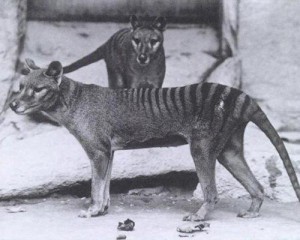ger·und [jer-uh nd]
nd]
Noun:
- (In certain languages, as Latin) a form regularly derived from a verb and functioning as a noun, having in Latin all case forms but the nominative, as Latin dicendī gen., dicendō, dat., abl., etc., “saying.”
- The English -ing form of a verb when functioning as a noun, as writing in “Writing is Rad.”
- A form similar to the Latin gerund in meaning or function.
Origin: 1505–15; < Late Latin gerundium, Latin gerundum that which is to becarried on, equivalent to ger ( ere ) to bear, carry on + -undum, variant of -endum, gerund suffix*
*From dictionary.reference dot com.
* * *
Why are gerunds important? They serve all sorts of purposes. We couldn’t be coming or going without them. They can be a very effective way of adding (see) to a text. The problem comes when they are used as the start of a sentence fragment. And sentence fragments have their place, but not in most prose–especially if the fragments aren’t intentional.
One of the common mistakes that new writers make is using these sentence fragments. It makes some sense that leading with gerunds would add depth and mystery, but using them in this fashion is not proper grammar. Poetry often uses this technique, but poetry has its own rules. Rules that confuse me. There’s a reason I stick to prose and non-fiction.
I am editing a book for my lovely husband, Mr. Portmandia, and I have caught a fair number of these sentence fragments. He has given me his permission to use one of these ‘Gerund-ences’ to show you all a real life example.
Jerking upright, out of an instantly forgotten nightmare.
Where is the subject of the sentence? What happened after the nightmare? What caused the jerking? It does add a feeling of fear and foreboding, but it falls flat. It makes me think of a commonly used goodbye technique. “Have a good one!” Have a good what? “Goodbye!” works just fine, thank you.
So, what’s the solution? Rewrite the sentence! Editing is your friend.
There are a number of ways to rewrite a sentence fragment.
- Use a comma (that’s what they’re for) to attach it to the previous sentence, if appropriate.
- Create an ending for the sentence that tells us who the action is being directed towards. EX: Jerking upright, out of an instantly forgotten nightmare, Cassandra flicked on the light to scan the room.
- Or rewrite the sentence completely. Leave out the gerund for another time. EX: A sound jerked Cassandra upright, out of an instantly forgotten nightmare.
Let your writing shine! Cut out sentence fragments, and leave the gerund where it is supposed to be, making your prose awesome.
Thanks for reading, and feel free to share.
